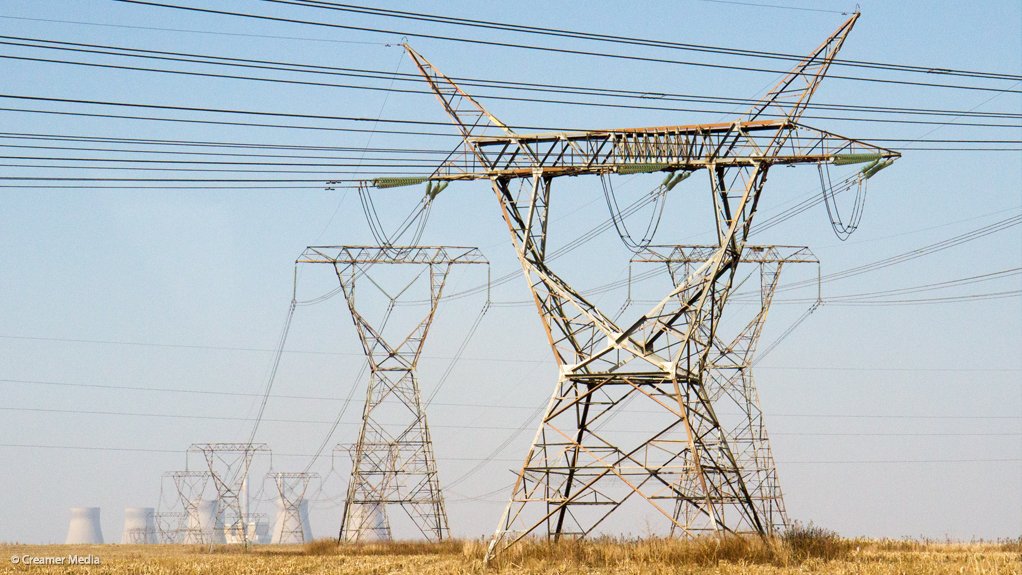- Draft Document: The South African Wholesale Electricity Market Specification1.26 MB
With the National Transmission Company South Africa (NTCSA) currently scheduled to be operationalised in July and efforts under way to ensure that the Electricity Regulation Act (ERA) Amendment Bill is passed by the current Parliament, work is now advancing on the market code for the future multimarket architecture that will progressively replace the vertically integrated structure that has prevailed for over a century.
Eskom transmission MD Segomoco Scheppers will lead the NTCSA once it begins trade after addressing the remaining Companies Act requirements, having already met the key conditions of board independence, licensing and lender consent.
He reported that, barring any surprises, the wholly owned Eskom subsidiary would transition towards being the transmission system operator (TSO) envisaged in the amended ERA, which by South African standards had advanced relatively speedily through the Parliamentary process.
The ERA is currently being considered by the National Council of Provinces, having been endorsed by the National Assembly, and, if approved, will then be sent to President Cyril Ramaphosa, who has previously expressed an eagerness for the legislation to be promulgated as a matter of urgency.
Scheppers admitted during a workshop on the draft market code that would govern the transition to a competitive industry, that he was continuously monitoring his emails for any sign of a legal challenge, following the recent issuance of creditor notices, which stipulated that any objection be lodged within 15 days of issuance and take the form of a legal challenge.
However, he expressed cautious optimism that, absent any objections, the July timeframe could be met. This, after Eskom failed to meet the April 1 target date, which would have coincided with the start of the 2024/25 financial year.
NEXT CHAPTER
That said, he also stressed that the start of trade represented but one major milestone in a larger transformation effort, with the “next chapter” to begin once the ERA came into force and the NTCSA began integrating the TSO roles envisaged in the Act, which provides five years for such an evolution.
Initially, the role of the NTCSA would be a “plug and play” version of the one performed hitherto by the transmission division.
The amended ERA, however, also stipulates the following:
- The establishment of an independent TSO to manage the national grid, as well as system and market operations;
- The creation of a competitive electricity market, enabling multiple generators to compete on a level playing field;
- Ensure that regulation and tariffs are transparent, effective and clearly defined in scope; and
- Provide certainty to all market participants of their respective roles and responsibility.
Speaking from the same platform as Scheppers, the Presidency’s Saul Musker also highlighted that the ERA stipulated that a clear process be followed for the development by NTCSA of a market code, outlining qualifying criteria for power market participants, and for that code to be approved by the National Energy Regulator of South Africa (Nersa).
The first draft of such a market code was published on April 19, following initial consultations pursued through the structure of the National Energy Crisis Committee (Necom), which was set up by Ramaphosa in July 2022 in response to the country’s intensifying loadshedding crisis.
Besides setting short- and medium-term goals to reduce the severity of, and eventually end, loadshedding, Necom was also instructed by Ramaphosa to “fundamentally transform the electricity sector to achieve long-term energy security”.
Musker said that besides the unbundling of Eskom in line with international trends and establishing the NTCSA, the key next steps related to developing a Nersa-approved market code, setting up a market operator within the NTCSA and implementing an effective wheeling framework.
The market code is regarded as a key framework for managing the transition to a competitive wholesale market, by outlining roles and responsibilities for participants and introducing, over time, platforms for day-ahead, intraday, reserve and ancillary service markets.
Eskom’s Keith Bowen reported that the initial draft was currently circulating for public comment and was available on the utility’s website, where a facility had been created for the submission of written comments until September 30.
Ten hybrid workshops would also be held between May 8 and September 25 to interrogate various aspects of the proposed market code.
During October, the NTCSA will consider the written comments and the inputs arising from the workshops when drafting a final version of the code which will be released in November ahead of its submission to Nersa for approval. It is anticipated that the regulator will then undertake its traditional public participation process before approving the code.
Bowen anticipated that the market code would come into force only from April 2026 with the aim of meeting the five-year transition period outlined in the amended ERA.
EMAIL THIS ARTICLE SAVE THIS ARTICLE ARTICLE ENQUIRY
To subscribe email subscriptions@creamermedia.co.za or click here
To advertise email advertising@creamermedia.co.za or click here











